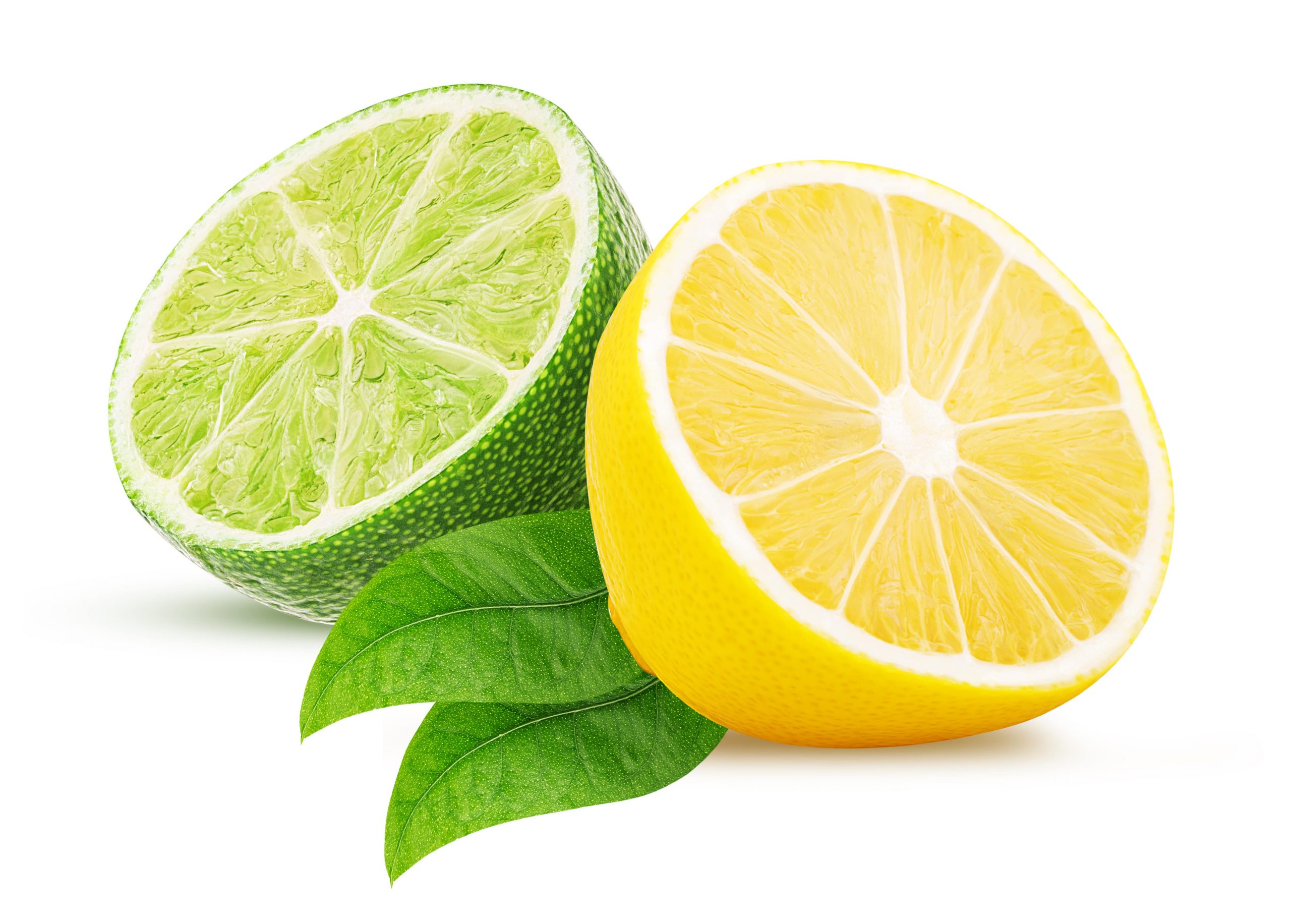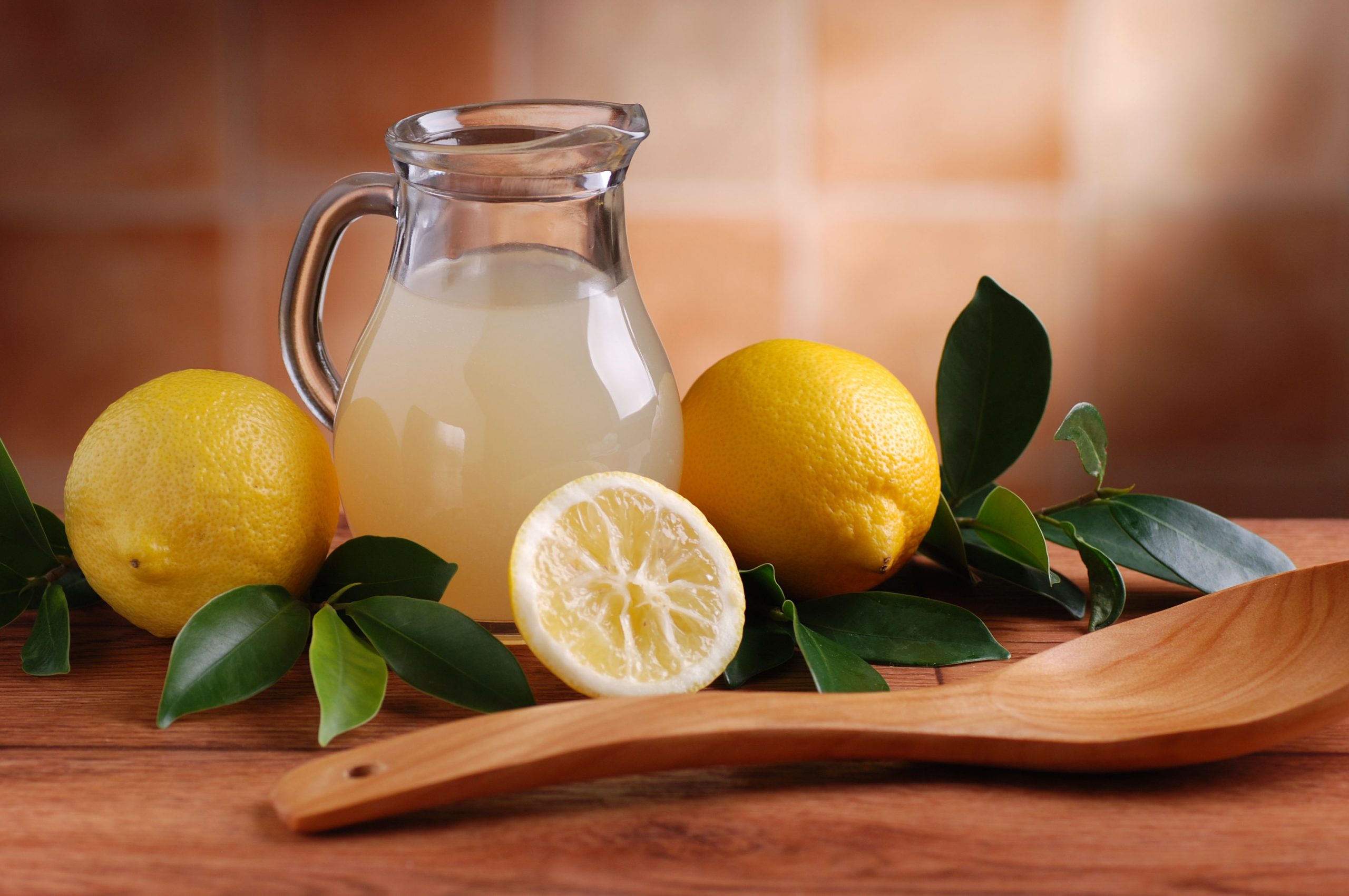Although lemons and limes all belong to the citrus class, they have many differences. They may share some culinary uses and health benefits but vary in physical appearance, ideal growth conditions, pH, and many other factors.
Lemons and limes are two kinds of fruits, which, despite belonging to the same class, have a lot of differences. Of course, both fruits are acidic in nature but their pH values vary distinctly. In addition, while they can survive in any part of the world, each of them has ideal climatic conditions under which it thrives. Besides, the flavors of these two types of fruits differ, with one being tart and the other tasting sour. Dive into this article and understand the similarities and differences between lime and lemon so that the next time you have both of them, you will be able to differentiate one from the other and even use each accordingly.
What are lemons and limes?
First things first, you need to understand what lemons and limes are. These two are closely related but genetically different fruits of the citrus class. They fall in the same category as grapefruit, orange, citron, and tangerine, but they are different from each of these. Some scientists have claimed that lemons are a hybrid product of lime and citron fruits, but no one can prove this. These fruits, both fresh and processed, have varied uses in several industries. They are incorporated in household cleaning products such as washing powder because of how fragrant they are. The beauty industry also appreciates these two citrus fruits and incorporates their oil in beauty products. As if that’s not enough, lemons are used to enhance flavor or drinks and foods, food preservation, and cooking. Still, each has its distinct uses.
What are the major differences between lemons and limes?
Having understood the two fruits, it’s time to discuss the major differences between them. The variations include;
a. Lemon and lime differ in physical appearance
The first line of variation for lime and lemons is in their physical appearance; the two citrus fruits don’t look alike although they are of the same class. Generally, limes are bright green while lemons are bright yellow. However, some limes will take a yellow appearance as they ripen, making it difficult to differentiate the two. Still, their sizes also differ, where limes are small, round, and have a diametric measurement of 3-6 cm. Contrastingly, lemons are bigger, with a diametric dimension of 7-12 cm, and are more oblong or oval in shape. Still, they are smaller than small oranges.
b. They vary in flavor
Generally, these two citrus fruits taste the same and they can be said to be tart. However, a deeper consideration reveals differences, although they might only be slight. While lemons may taste slightly sweet, limes are somewhat bitter. In fact, some people feel that limes are sourer than lemons, but this depends on an individual’s taste buds.
c. They slightly differ in culinary uses
Generally, the culinary uses of lemons and limes can be said to be similar since they can be incorporated in sweet dishes, salad dressings, savory dishes, beverages, and cocktails. Different people will make different choices depending on their tastes and preferences, as well as the flavor profile the dish in question needs. However, lemons mostly feature in sweet and savory dishes because of their slightly sweet flavor, while lime, due to the slightly bitter taste, goes well with savory dishes.
It is noteworthy that the explanation above does not sound like a rule, but is based on observations. With that in mind, you might come across a few exceptional cases where the slightly bitter lime features in sweet dishes. For instance, limeade and margaritas are sweet beverages that feature lime instead of lemon. In addition, lime pie, a dessert, is seasoned with lime and not lemon. Remember, the two can be used in dishes interchangeably but in every case, one will always be better than the other, especially when you have the sweet-bitter balance in the right perspective.
d. They thrive in different climatic zones
Again, like the appearance, culinary uses, and flavors, the growing climatic zones might be similar for lemons and limes. The two kinds of fruits can do well in almost every part of the world. However, lemons will thrive better in moderate climates while limes have tropical and subtropical climates as their ideal growth zones.
e. They differ in terms of preferred storage specifications
Although this line of difference may not sound weighty, it also tells the variation between lemon and lime. Limes need to be stored in the refrigerators for 14 days at most, with +4 degrees Celsius as the ideal temperature. On the other hand, lemons can last for the same period or even longer, with or without refrigeration.
f. The two fruits vary slightly in pH
Lemons and limes are all acidic fruits. Interestingly, their acidity levels differ, as indicated by their pH ranges which vary slightly. Limes are slightly more acidic, with a pH ranging between 2.0 and 2.35. on the other hand, lemons are slightly sweet and have a pH ranging from 2.0 and 2.60
What are the similarities between lemons and limes?
Despite the differences stated above, limes and lemons have a few similarities, including;
- Macronutrient content; limes and lemons have almost similar amounts of carbs, proteins, and calories, although limes have slightly more carbs and calories.
- They are both good for an immune boost; both fruits are rich in vitamin C and antioxidants, making them great for boosting the immune system.
- They neutralize free radicals; because the two fruits possess antioxidants, they are both useful at neutralizing free radicals which when left unattended by the cells, may lead to increased risks of chronic diseases.
Conclusion
Lemon and lime are two fruits of the citrus class, and fall in the same category as grapefruit, orange, citron, and tangerine. Although they both have vitamin C, carbs, proteins, and calories in nearly the same proportions, they are distinctively varied. Lemons are slightly sweet, bright yellow, and big, while limes are slightly bitter, bright green, and smaller in size. In addition, while either of them could fit any dish, lemons do better in savory and sweet dishes while limes generally fit savory dishes, although there are a few exceptions.
- Our Big Kitchen’ (OBK) is a non-profit organization located in Sydney, Australia - April 10, 2023
- Duos CBD, a hemp product E-commerce website - April 10, 2023
- SOFA SPOONING SEX POSITION - April 7, 2023







